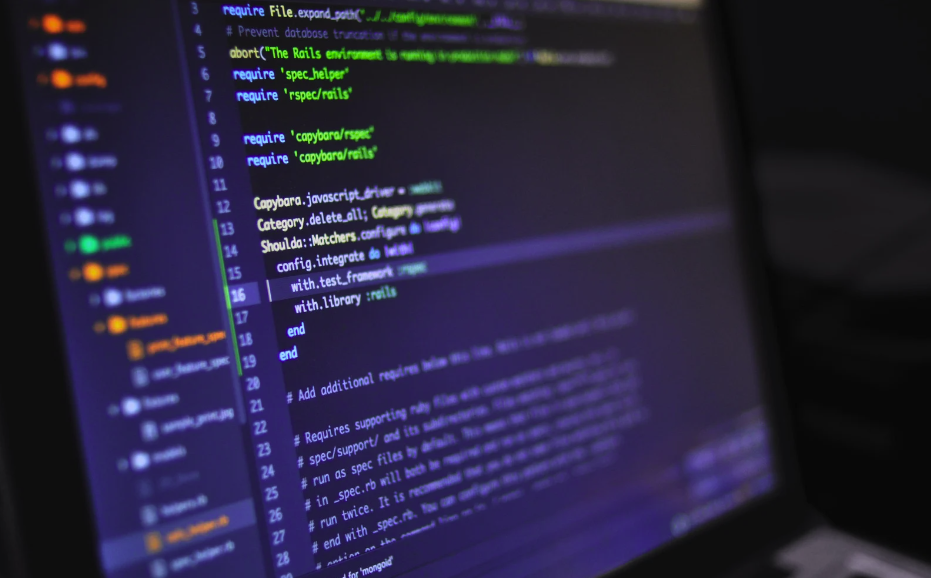With the emergence of artificial intelligence, the digital technology market has reached a new level. AI simplifies complex task chains and helps find adaptive solutions to problems, especially in software development, which has made it much easier for businesses to create digital products. If AI takes over repetitive tasks, will businesses optimize their performance? We explore this question in the article.

What are repetitive tasks in software development?
Repetitive tasks are an essential part of product development. They occur continuously and require performing the same actions or processes. Some examples include writing the same types of code constructs, performing manual testing, deploying software on servers, etc.
Automating these tasks helps the software team focus on more important aspects of development and increases its productivity. Moreover, it is worth considering the possibility of human error when performing such tasks. AI automation reduces the probability of mistakes, as all essential parameters are programmed into the system.
The path of simplicity: how does AI deal with complex tasks?
Repetitive tasks can be delegated to AI to simplify and improve the overall process. AI development services can automatically generate documentation or software based on comments in the code. Alternatively, these services can be developed to analyze the program independently and create descriptive documents.
The opportunities that AI opens up for automating repetitive tasks include:
- 1. Simplification. Concentration on a particular task makes it easier to complete.
- 2. Algorithms. Artificial intelligence uses various learning methods to apply them to repetitive tasks.
- 3. Improvements. AI systems natively improve and adjust changes based on feedback and performance.
- 4. Efficiency. Delegating repetitive tasks allows businesses to focus on innovation and development.
In the spotlight: relevant tools for optimization that are already in use
The arsenal of software development tools certainly includes automation during product development. Developers natively add them to store a database or report on the performance of the code.
The main tools currently used include:
-
Continuous Integration and Continuous Deployment are methodologies in which automated testing tools are integrated during development. This allows developers to introduce changes to a common code base that is independently tested, built, and released for use.
-
Automated tests are a method for developers to recreate different software use cases and verify their functions. Automated tests are performed automatically using automation tools like “Selenium” or “JUnit” to test Java code.
-
Configuration management is software that ensures uniformity among different versions of code, configuration files, or data. This method provides effective version control, coordination of workflows, and the ability to restore previous system states.
-
Containerization is a methodology for packaging and deploying software along with all its dependencies and configuration. Containers isolate software from the main operating system, allowing them to run in any environment without modification.
For development or testing, AI detects and fixes errors and generates code or documents. Automation of repetitive tasks makes it easier to create test suites.
The final stage of product creation is deployment and monitoring, which are subject to separate optimization. AI is used to automate server deployment or configure the application environment in real time.

Advantages or disadvantages: what prevails for software development?
The use of AI to optimize repetitive tasks is optimal when its capabilities are properly assessed.
-
Reduced errors. AI is programmed for a specific type of work that maintains the same time and accuracy.
-
Increased productivity. Task automation works on the principle of saving time and concentrating on important tasks.
-
Scalability. AI integration takes place at different stages of the project, depending on the amount of data to be processed.
-
Concentration. AI is responsible for routine tasks that an employee needs to do manually.
-
The need for large amounts of data. Some AI algorithms require large amounts of data for training and optimal performance.
-
Difficulty of implementation. The use of AI requires expert installation and expertise.
-
Lack of support and maintenance. The AI system constantly needs to be updated by the appropriate personnel.
-
Replacement. Automation of manual work can lead to the loss of jobs for people.
What are the prospects for software development if AI takes over this work?
to a study by the independent Human-Centered Artificial Intelligence (HAI) initiative of the Stanford Artificial Intelligence Institute, 31% of people surveyed see AI as an opportunity to improve life and society.
In the annual Artificial Intelligence Index report, 13% of respondents believe that AI automation will save time and make things more efficient.
Assistants and bots are actively being developed to automate repetitive AI tasks. In fact, they eliminate the shortcomings of lack of expertise and biases. The individualization of developer services also has potential for development. In the future, AI work will be customized for business productivity.
